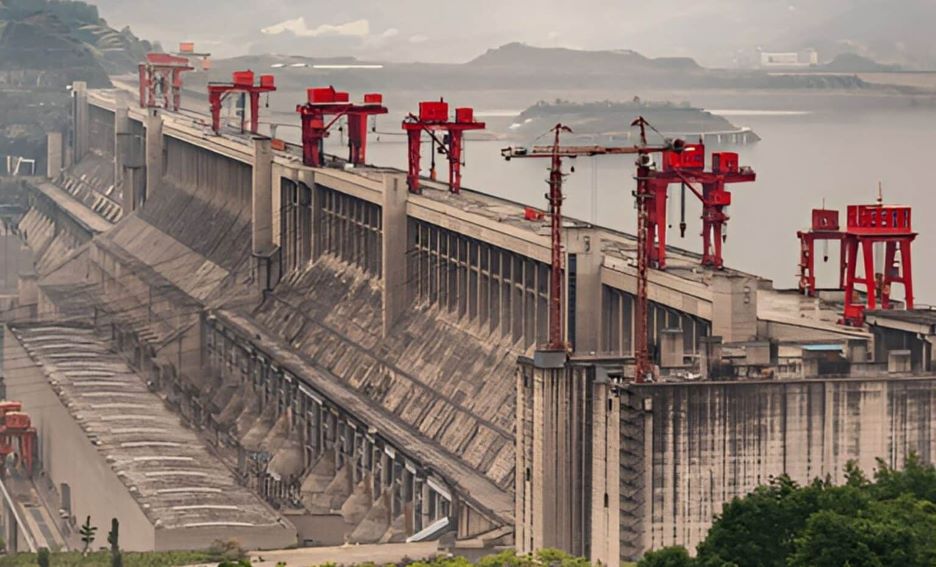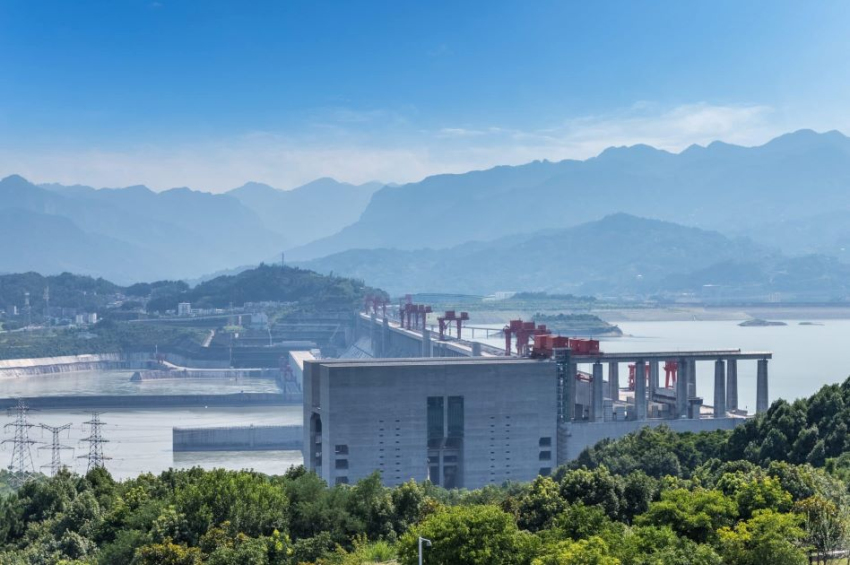China’s hidden power to slow Earth’s rotation
NASA scientists have discovered that China’s massive Three Gorges Dam is doing more than generating electricity — it’s actually slightly slowing the rotation of Earth.
Located in Hubei province, the Three Gorges Dam is the largest hydroelectric power station in the world. Spanning over 2 kilometers across the Yangtze River and standing 185 meters tall, it produces 22,500 megawatts of electricity — more than the power output of many countries.
But according to new research from NASA, the dam’s enormous reservoir is also affecting the planet’s movement.
More to read:
Earth’s days grow 1.35 seconds every 100,000 years
The reservoir holds about 40 billion cubic meters of water. This vast amount of mass, when concentrated in one location, subtly changes how Earth spins. Specifically, by redistributing weight closer to the equator, it has increased the planet’s moment of inertia — essentially making it slightly harder for Earth to spin, like a figure skater extending their arms.
The result: the length of a day has increased by about 0.06 microseconds.
NASA geophysicist Dr. Benjamin Fong Chao, who has studied how mass movement affects planetary rotation, explained that while this delay is incredibly small and barely noticeable, it is measurable.

“Redistribution of mass within the Earth's system produces an effect on Earth's rotation,” Chao said. “This effect of the dam on Earth’s rotation is as inevitable as it is subtle.”
The underlying physics is simple: when mass moves toward the poles, the planet spins faster; when it shifts toward the equator, it spins slower. Because the Three Gorges Dam lies at about 30.8 degrees north latitude — closer to the equator than the poles — the water it holds slightly slows Earth’s spin.
This isn’t the only time Earth’s rotation has been affected by mass shifts. Natural events like the 2004 Indian Ocean earthquake shortened the day by 2.68 microseconds. And between 1993 and 2010, groundwater extraction caused Earth’s rotational pole to drift by around 80 centimeters eastward.
More to read:
A new asteroid threat for Earth. From Venus
Though other dams around the world, like the Itaipu Dam in Brazil or the Hoover Dam in the United States, also hold back large amounts of water, none matches the scale of Three Gorges. The reservoir’s size — equal to about 16 million Olympic-sized swimming pools — makes its global influence unique.
The findings highlight how human engineering projects, no matter how local they seem, can have ripple effects on global systems. As infrastructure grows larger and more powerful, scientists say it’s increasingly important to consider not just the environmental and economic impacts, but also the physical consequences for the planet itself.







